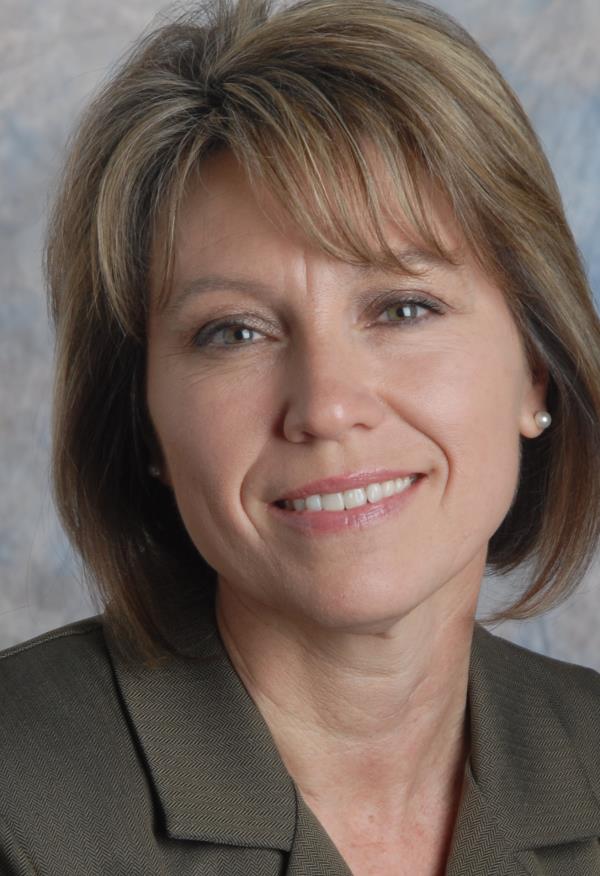NASCAR’s Back Home Again, In Indiana
 |
| Cathy Elliott |
When the qualifying laps were completed, the front row for one of the biggest, most prestigious races of the entire season, run each year on Memorial Day weekend, featured a couple of familiar names. The number one and two starters drive for Chip Ganassi Racing, while the drivers in the third and fourth positions call Roger Penske their boss.
I know what you're thinking; no big surprise there. After all, Ryan Newman, who drives the No. 2 for Penske Racing, has been a consistently outstanding qualifier throughout the course of his career, while relative newcomer Juan Pablo Montoya, driver of the No. 42 Dodge for Ganassi, continues to prove himself a force to be reckoned with.
You're right on the money. There's no real flaw in your logic … except for one teensy-weensy little thing. We are not talking about the Coca-Cola 600 at Lowe's Motor Speedway.
The race in question is the Indianapolis 500, and two of the best-known car-owner names in NASCAR did indeed dominate the front of the field. Scott Dixon and Dan Wheldon, the top two qualifiers, drive for Ganassi, while Helio Castroneves and Ryan Briscoe are part of the Penske Racing team.
Unique in racing, this track runs both ways. At least three former Indy 500 champions – Montoya, Sam Hornish Jr. and Dario Franchitti, who would all be considered among the favorites to win that event if they still were open-wheel racers – are stock car heroes, now competing in the NASCAR Sprint Cup Series.
While most fans of speed will tell you that they appreciate all types of racing, chances are they're truly supportive of only one.
Just as you'll probably never meet anyone who claims to be a fan of both New York City's Yankees and Mets (and if they do say such a thing, they're lying, so don't trust them), you'll be hard-pressed to find anyone who watches both IRL and NASCAR races with equal fervor.
It's a matter of taste. Like jazz and rock 'n roll, different styles appeal to different people.
(One could make the "Different engine strokes for different folks" observation here, but it's too easy. Plus I don't know what it means anyway.)
So in racing, as in chemistry, oil and vinegar just do not mix. Except when they do. Because on the flip side, those of us who spent some time learning how to cook know that when you combine that same oil and vinegar with a handful of spices and give it a shake, the result is a dressing that brings many disparate ingredients together into one great salad. All you need is a creative and adventurous chef or two.
While Ganassi and Penske began their careers in the open-wheel arena, eventually the enormous appeal and popularity of NASCAR caught their attention. And while today's grass may indeed be greener on the NASCAR side of the fence, both men have proven that is it possible to enjoy success in both pastures.
Chip Ganassi began his open-wheel racing career in 1981 and competed in the Indianapolis 500 five times, with a best finish of 8th in 1983. After his career was cut short by an injury, Ganassi purchased an interest in Patrick Racing in 1988 and was part of the team that won the 1989 Indianapolis 500. In 1990, he split off and formed his own team, and also became active on the NASCAR circuit.
Ganassi has become famous for finding and grooming young talent including, in addition to Montoya, NASCAR drivers Jamie McMurray and Casey Mears.
Roger Penske was the Sports Illustrated Sports Car Club of America Driver of the Year in 1960 before retiring in 1965 to begin Penske Racing. His team first competed in the Indianapolis 500 in 1969, winning that event an impressive 14 times between 1972 and 2006.
Newman won the 2008 Daytona 500 in a Penske-owned car, and former NASCAR Sprint Cup Series champion Rusty Wallace drove for Penske during his NASCAR racing career.
Some maintain that NASCAR has already found the perfect blend of ingredients, and the numbers substantiate that claim. The Sprint Cup Series is far and away the most popular form of motorsports in the country, appealing to a hugely diverse economic, educational and ethnic fan base, and the Nationwide Series is a solid second.
The open-wheel exodus is helping, but there's always room for improvement, which is why I suspect we're not done yet. Three women were included in the starting field for the Indianapolis 500, and surely NASCAR's commercial appeal looms large for these and all the women racers currently aspiring to move up the competitive food chain to the very pinnacle of motorsports, the NASCAR Sprint Cup Series.
Now that I think about it, my Sprint mobile phone is a Motorola brand, which also happens to be the sponsor of Indy-car superstar Danica Patrick'. Coincidence? I wonder.
